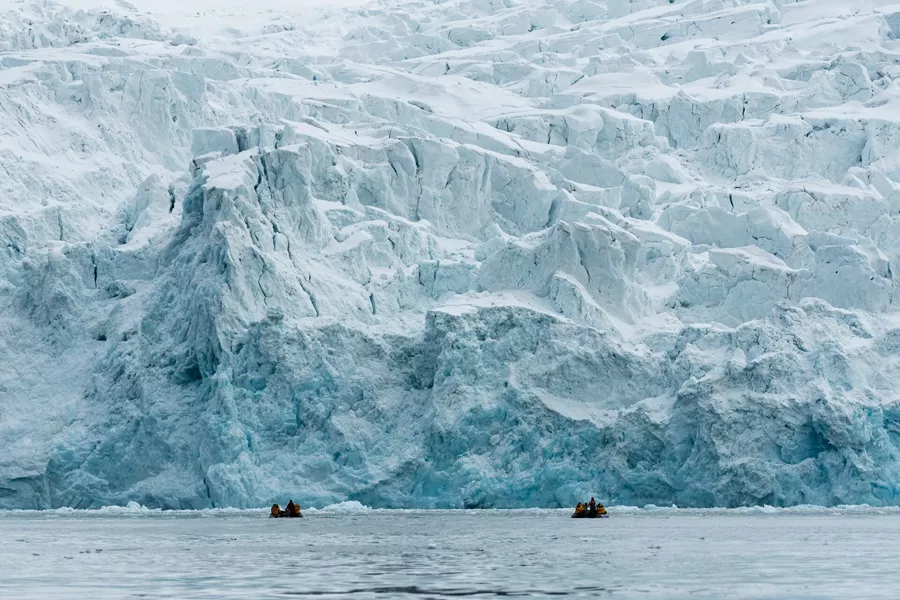Svalbard’s environment is fragile and home to endangered polar bears and other wildlife. Strict regulations protect the environment. You must not pick plants, disturb wildlife, or leave waste behind. Guided tours are the safest and best way to explore Svalbard.
Svalbard has a diverse population, including Norwegians, Russians and other nationalities, particularly in the scientific community. English is widely used. Locals dress for function, not fashion. Layers, thermal wear and sturdy boots are essential due to the Arctic climate. Pack with this in mind and don’t be caught short with what you need to keep yourself warm and healthy.











